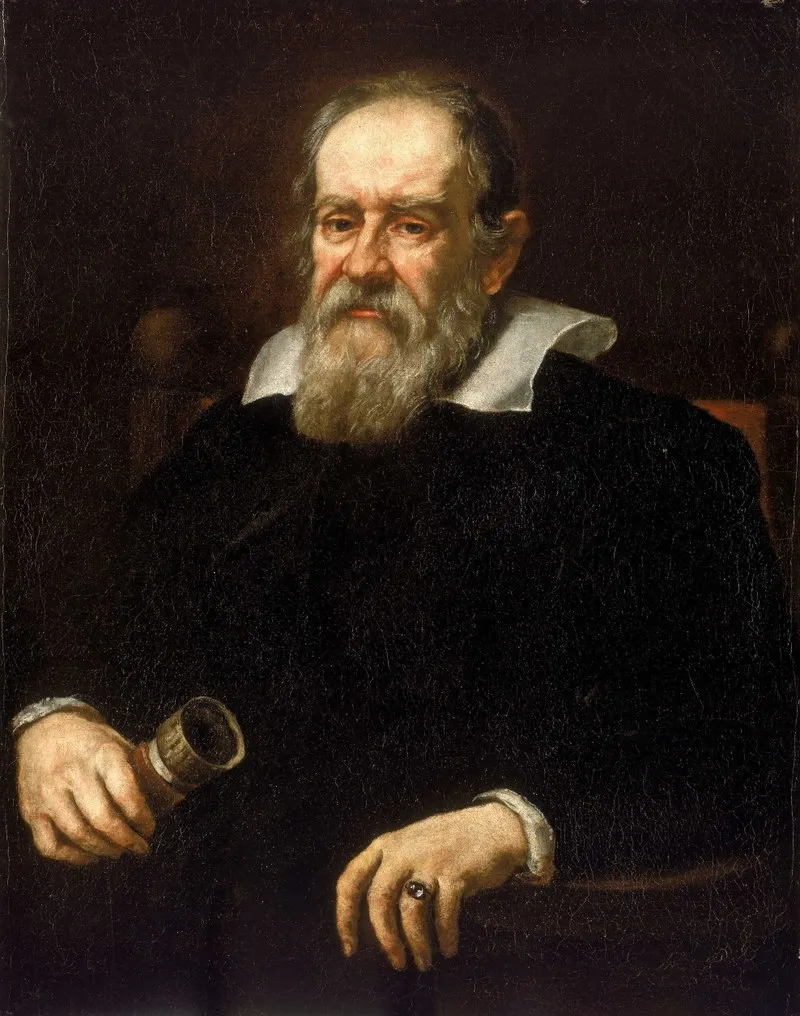In one of the most symbolic moments in the history of science, Galileo Galilei, the great Italian astronomer, stood before the Inquisition Court in 1633 after sparking widespread controversy for his defense of the Copernican model of the universe, which claimed that the Earth is not the center of the universe but rather revolves around the sun. At that time, the Church considered this view a deviation from doctrine—heresy that threatened its authority and interpretation of the scriptures.
Although Galileo possessed astronomical evidence supporting his claim—including his telescope observations of Jupiter’s moons and the phases of Venus—the Church’s authority was not ready to accept such revolutionary ideas. Under pressure and intimidation, Galileo was forced to publicly recant his views, declaring that the Earth does not move and that he had been “mistaken.”
Yet, the amusing and inspiring part of the story is the phrase history has preserved, which Galileo is said to have whispered as he left the court:
“And yet, it moves!”
(E pur si muove! in Italian)
This statement was not merely a silent act of defiance—it reflected a deep belief in science and truth, even when a scientist is forced into silence. Whether Galileo actually said it or not—some historians remain skeptical—it became an enduring symbol of scientific resistance and is repeated across ages to represent the triumph of truth despite oppression and censorship.
In that moment, Galileo embodied the tragedy of the silenced free thinker, but also the hope that truth never dies—even if temporarily buried. Centuries after his trial, his name was vindicated, and the Church acknowledged its error, leaving Galileo’s legacy etched in human history as a symbol of scientific courage.
Indeed, the Earth still moves as he said, and as science has confirmed ever since.
